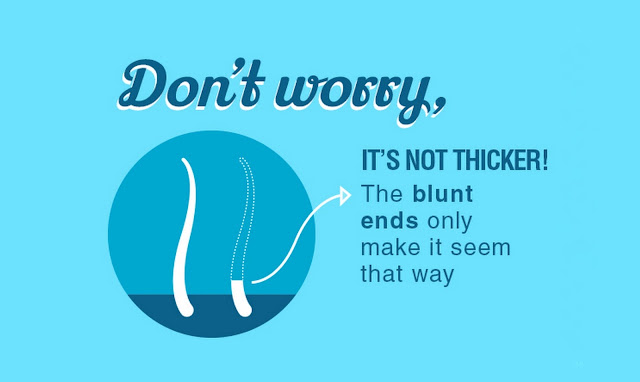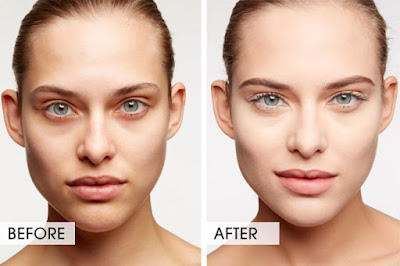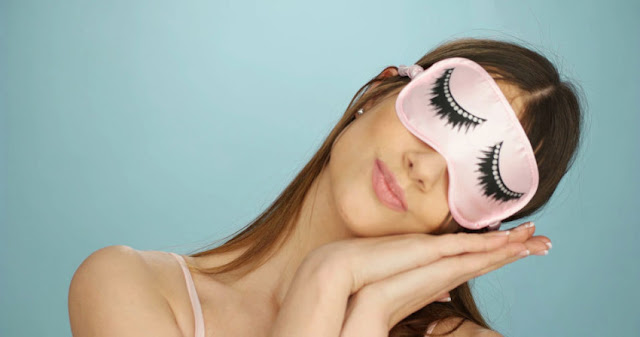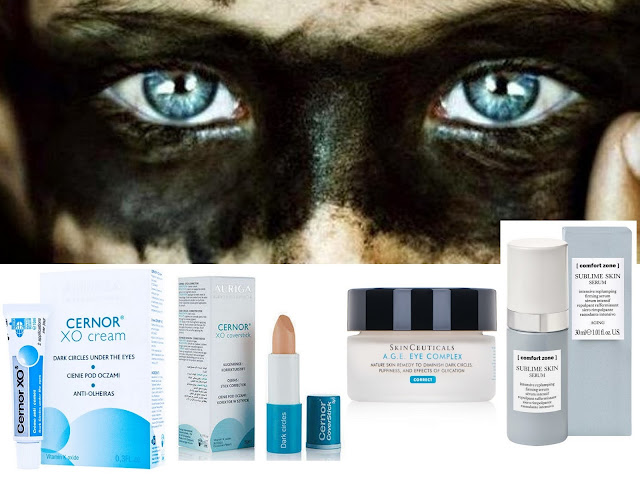I want
to sport hairy limbs, said no well-groomed female ever. That being said, the
biggest dilemma every female faces in the unwanted-hair-department is: what
method of hair removal should I adopt? Nowadays we have a plethora of choices that
cater to female body grooming that range from shaving, chemical depilation,
waxing, threading, mechanical epilation, lasers and IPL assisted permanent hair
reduction. Which one is the best? It’s not an easy question to answer. One
simple answer is: it all depends on you, your lifestyle, your threshold of pain,
and off course affordability.
To
get clarity and expert opinion on the topic, Gillette Venus recently conducted
a survey. Three hundred and fifty dermatologists across Saudi Arabia, U.A.E,
Kuwait, Qatar, Bahrain and Oman were contacted to identify what in their
opinion was the safest, most convenient and least painful method of female hair
removal. And guess what? ---- Female Shaving ranked as the top-of-mind method
for all ages.
This
survey also honed on to the top aspects dermatologists and women consider while
choosing their preferred method of hair removal. The top considerations that got
highlighted while filtering available choices included: a chemical-free
process, hygiene factors, the element of convenience and pain during hair
removal.
The
survey asked skincare experts to shed some light on the myths of shaving as a
primary method of female hair removal. While answering the misconceptions and
myths that surround the shaving concept, 70% of the dermatologists agreed that
shaving exfoliates the skin, and does not cause faster or thicker hair growth.
All dermatologists pinpointed the fact that hair traits are genetically
inherited and shaving can’t change that.
As the
hair grows naturally through the skin the tip of hair gets tapered off and
thinned. When we shave the hair shaft thickness appears more because the
tapering journey of hair as it happens from under the skin to the top is omitted.
We perceive that the hair is thicker but in fact hair diameter remains exactly
the same. Thicker means blunt when it comes to shaving.
Additionally
the dermatologists were questioned about the side effects commonly reported
with depilatory creams (chemical burns, allergic reactions, etc). Over 80% of
the respondents cited that they preferred shaving because it is chemical free
and hence safer than creams.
Additionally
the dermatologists were questioned about the side effects commonly reported
with depilatory creams (chemical burns, allergic reactions, etc). Over 80% of
the respondents cited that they preferred shaving because it is chemical free
and hence safer than creams.
The Scientific Truth
Taking
this survey into account lets get you all the valid scientific information that
dermatologist and skincare expert rely on to dispel the notorious myths pegged with
shaving: Will shaving cause my hair to grow back thicker, darker & faster?
Scientists
have actually conducted multiple studies over the years to test whether shaving
affects hair growth, size, and texture, this research has been published in
dermatology textbooks as well as scientific peer review journals. All these
studies unanimously conclude that shaving has no effect on hair's color,
texture or growth rate.
Fact #1 - Hair Color And
Thickness
Hair
color, texture, length, and thickness are genetically determined. Apart from
genetics hormonal changes, low level laser stimuli, and certain medications can
have some affect on the hair morphology and they can alter the hair color,
length, and thickness. Hair bleaches and chemical depilatory formulations can
seep under the skin and irritate the hair root, hence over time change the hair
texture or length. But shaving only cuts hair from the skin surface it has no
effect on the hair roots, which lie deep under the skin, hence it can never
change those traits.
Fact #2 - Hair Growth Rate
Research
has shown that hair grows quarter of an inch every month. Hormonal changes and certain
medications can alter the hair growth rates, but shaving can’t do so. As shaving
only clips hair from the skin surface and has no access to or affect on the
hair roots which lie deep under the skin. Hence scientifically speaking shaving
can have no effect on hair growth rate.
No matter
which method of hair removal you adopt, it’s always important to know the science
behind the procedure of your choice and the right way to go about it. Shaving
done with a proper razor, under hygienic conditions is a great choice for any modern
girl who doesn’t want to break her bank while achieving smooth limbs on the go.
References:
- Bulliard
H. Influence de la section et du rasage
repete sur l'evolution du poil. Annales de Dermatologie et de
Syphiligraphie. 1923; Series 6:386-91
- Seymour
RJ. The effect of shaving upon the rate
of hair growth. Am J Physiol. 1926; 78:93-8
-
Raymond J. Myers, James B. Hamilton. Regeneration
and rate of growth of hairs in man. Annals Of The New York Academy of
Sciences, March 1951; Volume 53, P 562-568
- Trotter
M. Hair growth and shaving. Anat
Rec. 1928; 37:373-379
- Lynfield
YL, Macwilliams P. Shaving and hair
growth. J Invest Dermatol. 1970 Sep; 55(3):170-2.
- Peereboom-Wynia
JD. Effect of various methods of
depilation on density of hair growth in women with idiopathic hirsutism.
Arch Dermatol Forsch. 1972; 243(3):164-76.
- Elise
A. Olsen. Methods of hair removal,
Journal of the American Academy of Dermatology, Volume 40, Issue 2, February
1999, Pages 143–155
- K.
Cowley, K. Vanoosthuyze. Insights into
shaving and its impact on skin, British Journal of Dermatology, March 2012.
166: 6–12.








